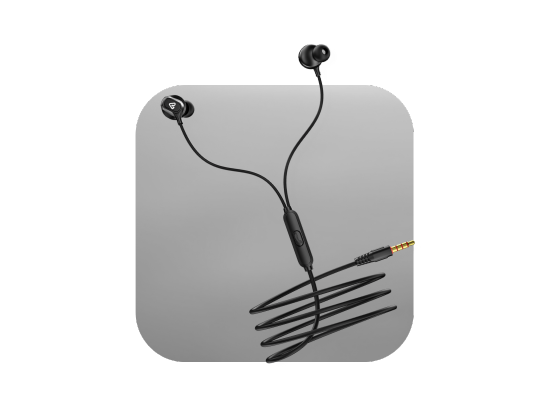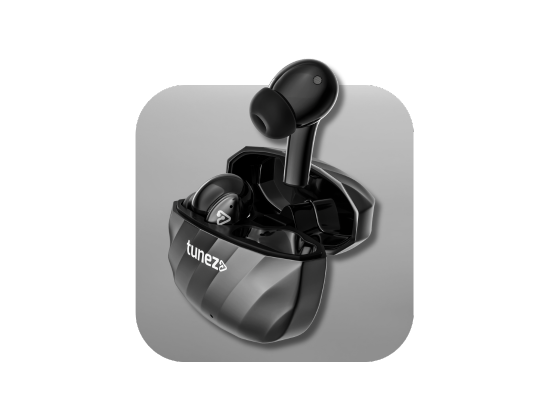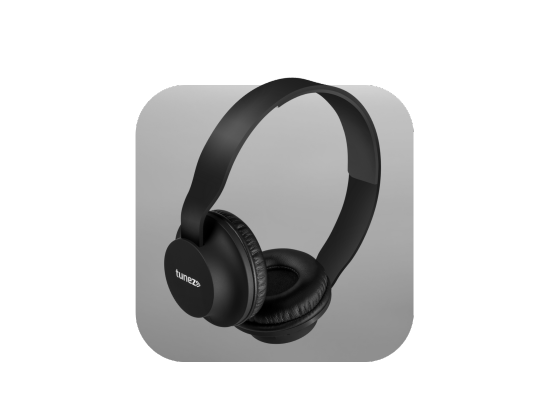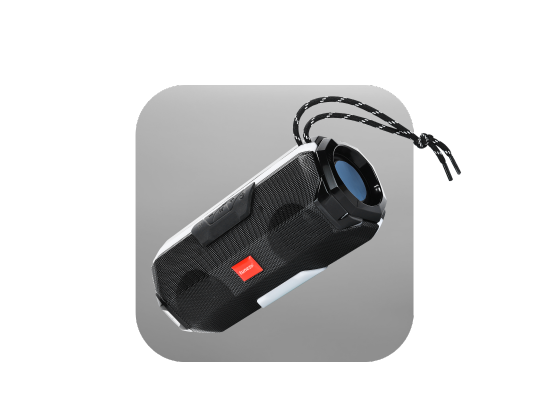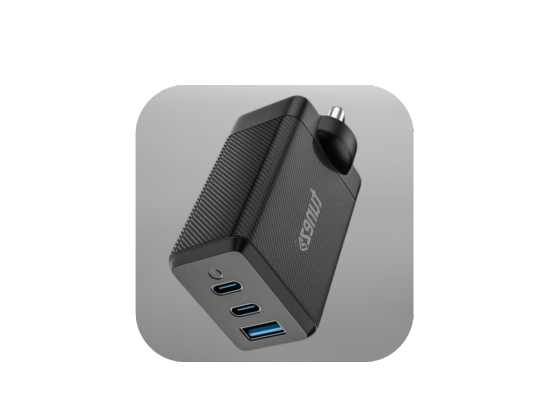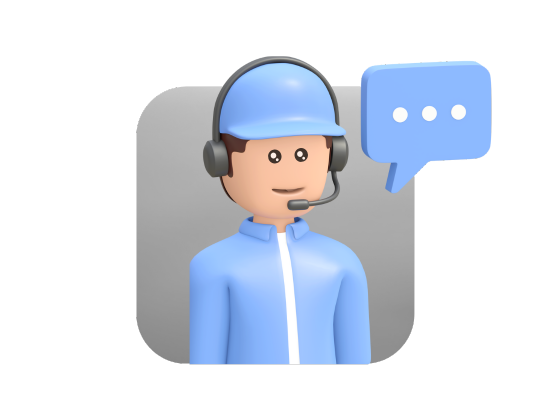In today’s connected world, fiber optic cables are the highways that move the world’s data. From your home Wi-Fi to undersea cables linking continents, these thin glass strands carry unimaginable volumes of information every second.
But just how much data can a single optical fiber cable transmit? Let’s dive into the science, technology, and real-world achievements behind this fascinating question.
Understanding Optical Fiber Capacity
At its core, optical fiber transmits data using light signals instead of electrical pulses. These light beams travel through ultra-pure glass fibers, carrying digital information across vast distances with minimal loss.
The data capacity of a fiber cable refers to how much information it can transmit per second — usually measured in gigabits per second (Gbps) or terabits per second (Tbps).
In theory, optical fibers can handle terabits of data every second, and in experimental settings, this number has skyrocketed even higher.
Get car chargers with multiple ports strong build and reliable speed allowing you and your passengers to stay connected while driving anywhere.
Theoretical Vs. Real-World Capacity
Theoretical Capacity
The maximum capacity of a single optical fiber cable, based on physical principles, reaches hundreds of terabits per second. Using advanced technologies like wavelength-division multiplexing (WDM), multiple light signals travel through the same strand, each on a different wavelength.
In controlled research environments, scientists have achieved speeds up to 402 terabits per second (Tbps) using enhanced modulation and polarization techniques.
Real-World Capacity
In commercial and industrial applications, the maximum achieved data rate is much lower — but still extraordinary.
- Submarine cables, which connect countries across oceans, now transmit over 20 Tbps per fiber pair.
- High-performance data centers and telecom networks typically operate between 100 Gbps and 400 Gbps per channel.
- Consumer fiber internet connections are usually limited to around 10 Gbps per user.
Get mobile chargers with advanced technology lightweight designs and quick charging features for a convenient and safe charging experience always.
Factors That Affect Fiber Capacity
While optical fiber itself has near-limitless potential, several external factors determine its actual performance:
1. Distance
As data travels, light signals weaken — a process called attenuation. Over long distances, capacity decreases unless signals are amplified or regenerated.
2. End Equipment
The fiber may be capable of carrying terabits, but the transponders, routers, and lasers at each end define how much data can actually flow through it.
3. Technology Used
Modern advancements like Wavelength-Division Multiplexing (WDM) and Quadrature-Amplitude Modulation (QAM) multiply capacity by allowing several data streams to travel simultaneously.
4. Fiber Type
- Single-mode fiber: Transmits light in a single path, ideal for long distances and higher speeds.
- Multimode fiber: Supports multiple light paths but over shorter distances, used mostly in local networks.
Record-Breaking Fiber Experiments
The quest for higher fiber speeds never stops. Research labs across the world continue pushing boundaries:
- NTT Japan achieved over 1 petabit per second across 12-core fiber using spatial multiplexing.
- A European research team reached 402 Tbps using 15 channels of light on a single fiber strand.
- Google’s Dunant submarine cable, linking the US and France, boasts an operational capacity of 250 Tbps, proving fiber’s real-world power.
These breakthroughs aren’t just impressive — they pave the way for the next generation of cloud services, 8K streaming, and ultra-low-latency global networks.
The Shannon Limit: Nature’s Speed Rule
All communication systems are bound by physics, and fiber optics is no exception. The Shannon-Hartley Theorem defines the ultimate limit of how much information can be transmitted over a channel with a given bandwidth and signal-to-noise ratio.
In practice, engineers operate slightly below this limit to maintain stable connections over long distances — balancing speed, reach, and reliability.
Get data cables that provide stable performance safe charging and smooth data transfer ensuring your devices remain connected all day long.
Practical Capacities At A Glance
Here’s how fiber optic capacity scales across different uses:
- Consumer-grade fiber: Up to 10 Gbps per connection.
- Enterprise networks: Between 100 and 400 Gbps.
- Submarine cables: 15–20 Tbps across thousands of kilometers.
- Research systems: Beyond 400 Tbps in laboratory settings.
So while your home internet might peak at 1 Gbps, the global data networks running behind the scenes are moving trillions of bits every second.
Why Fiber Still Rules The Future
With digital demands rising exponentially — from AI processing to 4K streaming — only fiber optic cables offer the scalability to keep up.
Their advantages include:
- Massive bandwidth potential far beyond copper or wireless.
- Low latency, ideal for gaming, remote work, and automation.
- Resilience against electromagnetic interference.
- Future-proof infrastructure — easily upgraded with new transmission equipment.
As technology advances, the gap between theoretical and practical speeds will continue to close, unlocking faster, more connected digital experiences.
Buy power banks that provide quick charging durable build and compact portability making them the essential accessory for your busy lifestyle.
Conclusion
Optical fiber cables are the backbone of global communication, capable of transmitting staggering amounts of data — from 10 Gbps home connections to 400 Tbps experimental speeds. Their unmatched efficiency, scalability, and reliability ensure that fiber will remain the world’s fastest communication medium for decades to come.
In short, we have only scratched the surface of what fiber optics can achieve — and the future is shining brighter than ever.
Shop smart watches that offer health monitoring fitness tracking and seamless connectivity making them a must have gadget for daily use.
FAQs About Maximum Data Capacity For Optical Fiber Cable
1. What is the maximum data capacity of optical fiber?
Theoretical speeds exceed 400 Tbps, while real-world submarine cables reach around 20 Tbps.
2. Why is fiber optic faster than copper cable?
Fiber uses light signals that travel faster, carry more data, and resist interference better than electrical signals in copper.
3. How far can optical fiber transmit data?
Single-mode fiber can transmit data over 80–100 kilometers without signal loss, depending on the equipment used.
4. What factors limit fiber cable capacity?
Distance, end equipment, and signal noise all affect how much data a fiber can transmit effectively.
5. Can fiber capacity increase in the future?
Yes. With advanced multiplexing and multi-core designs, fiber speeds are expected to reach petabit-per-second levels.

